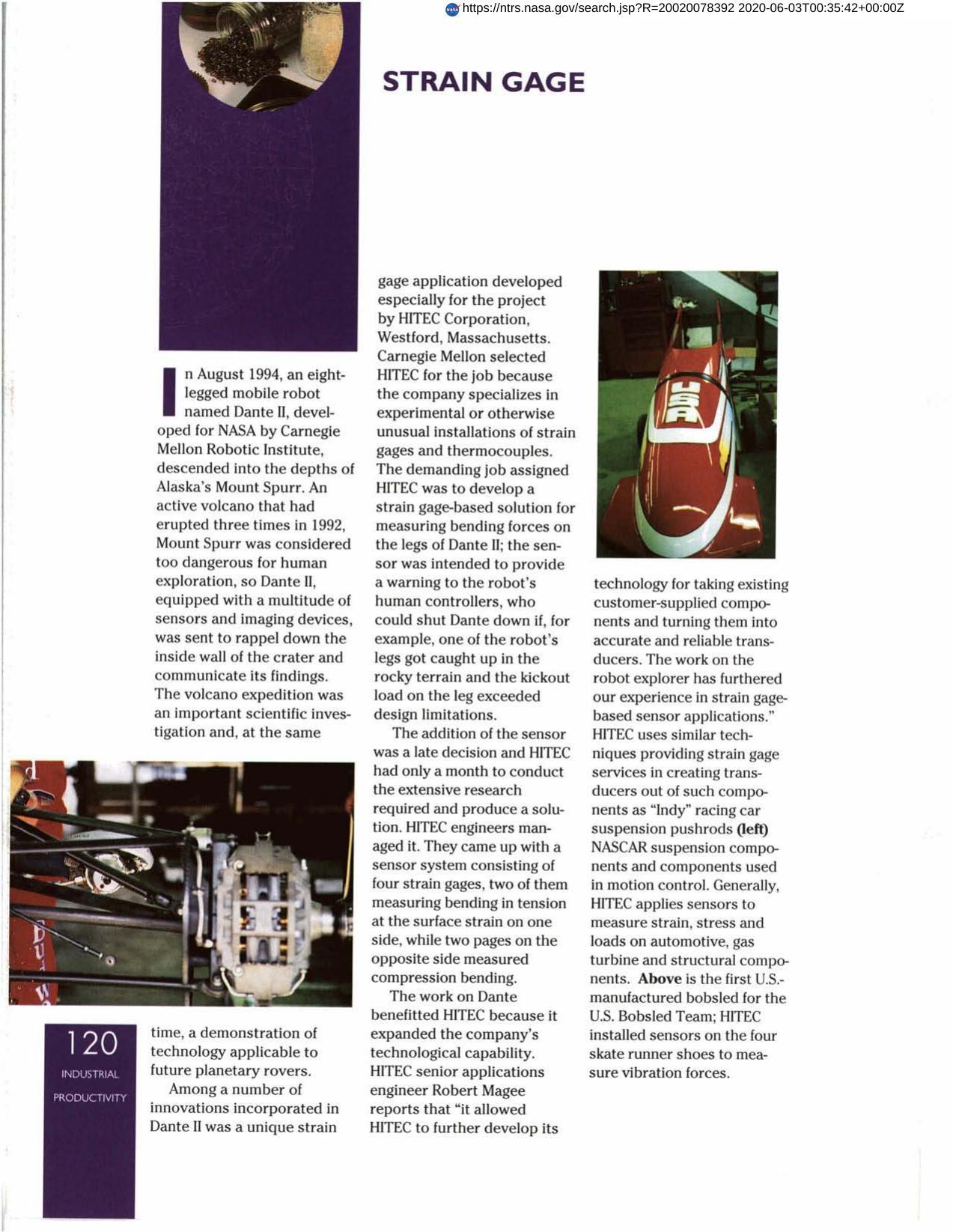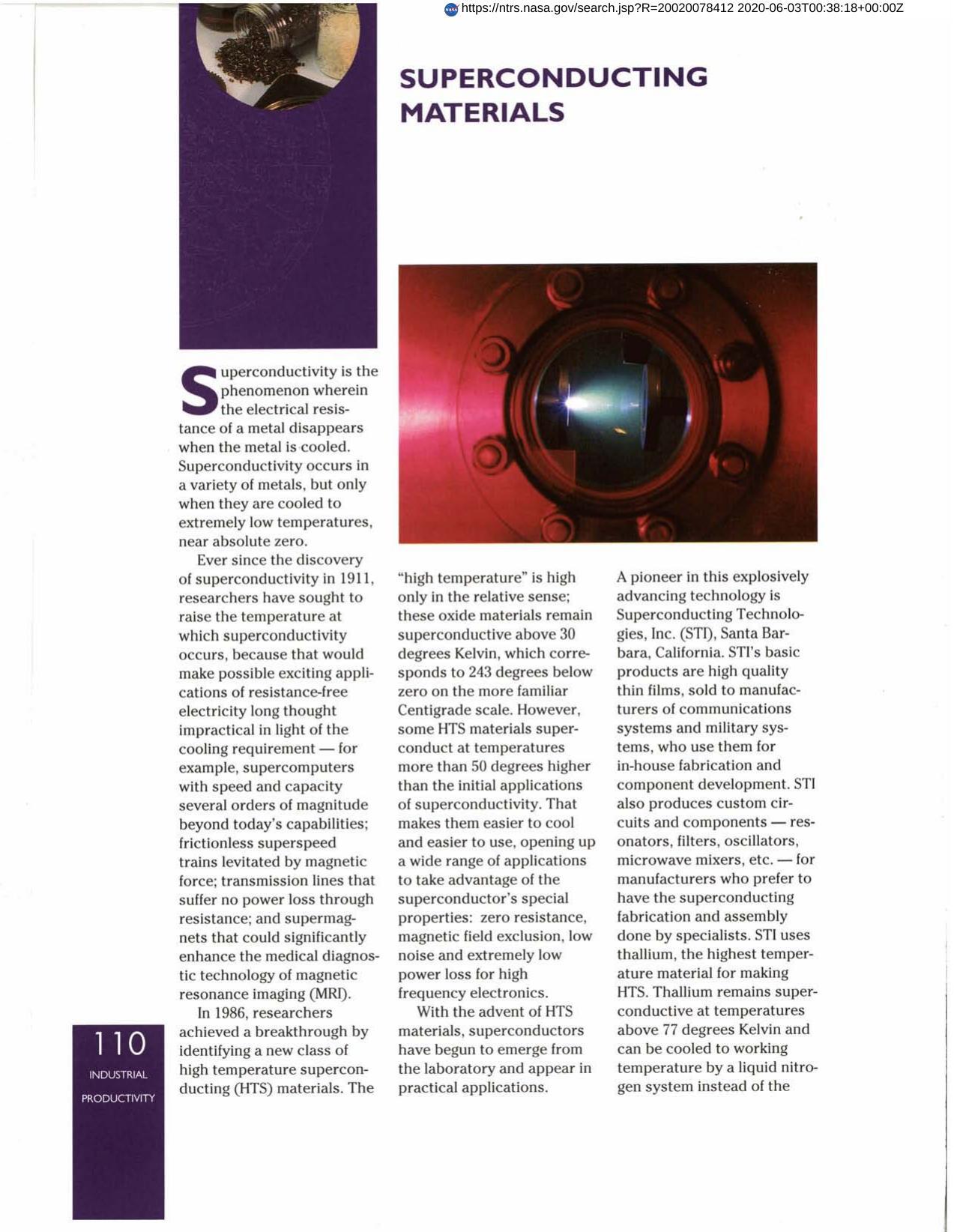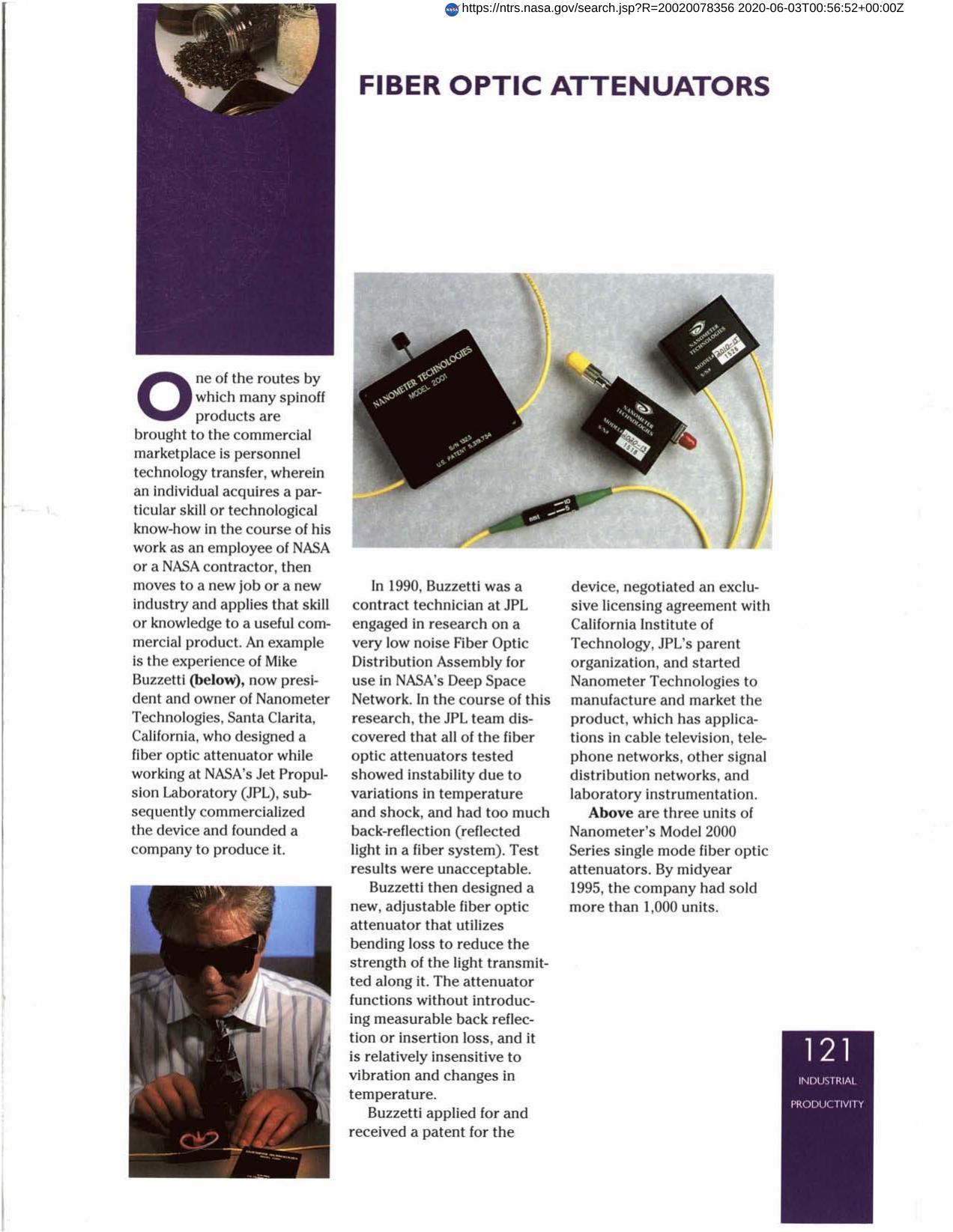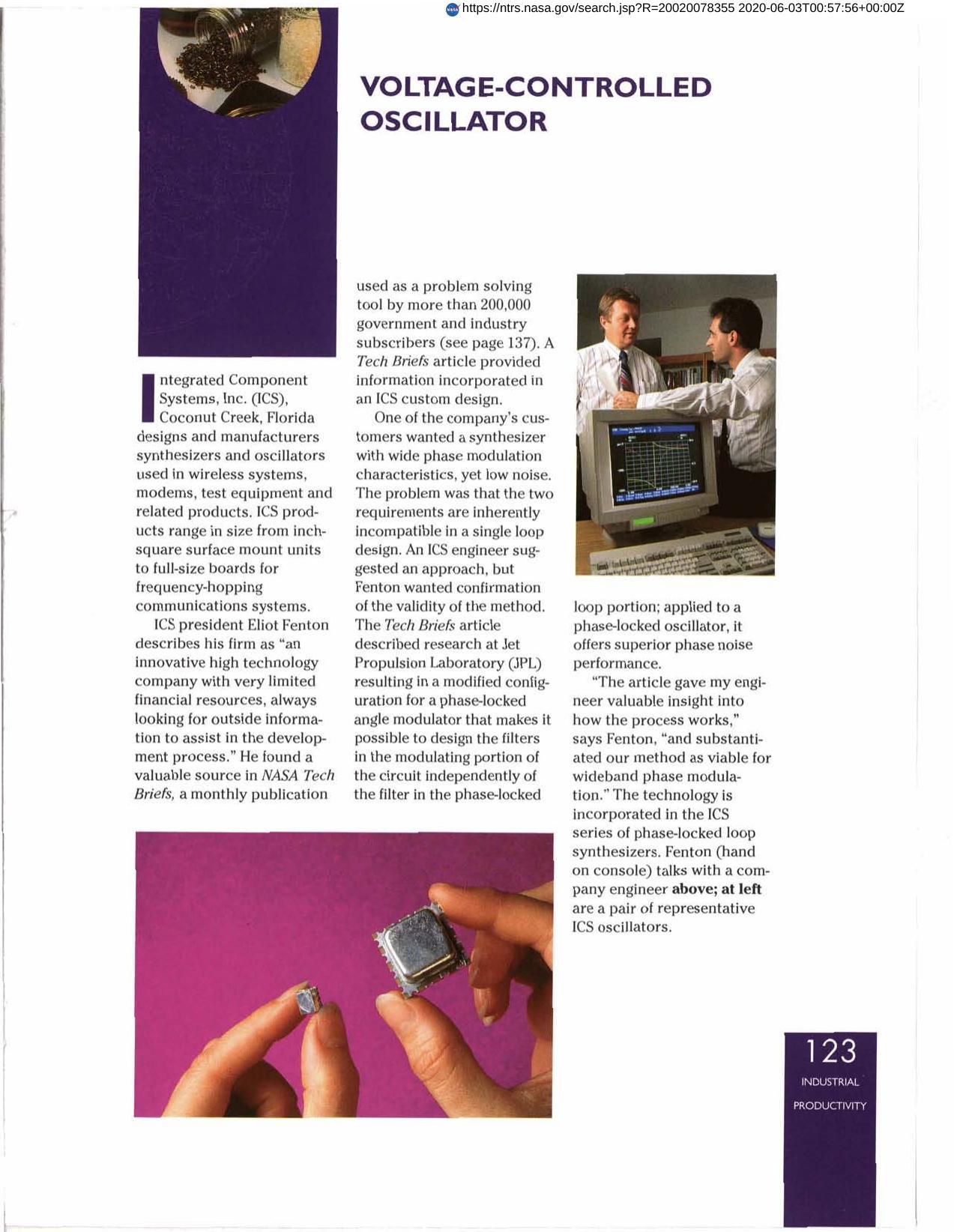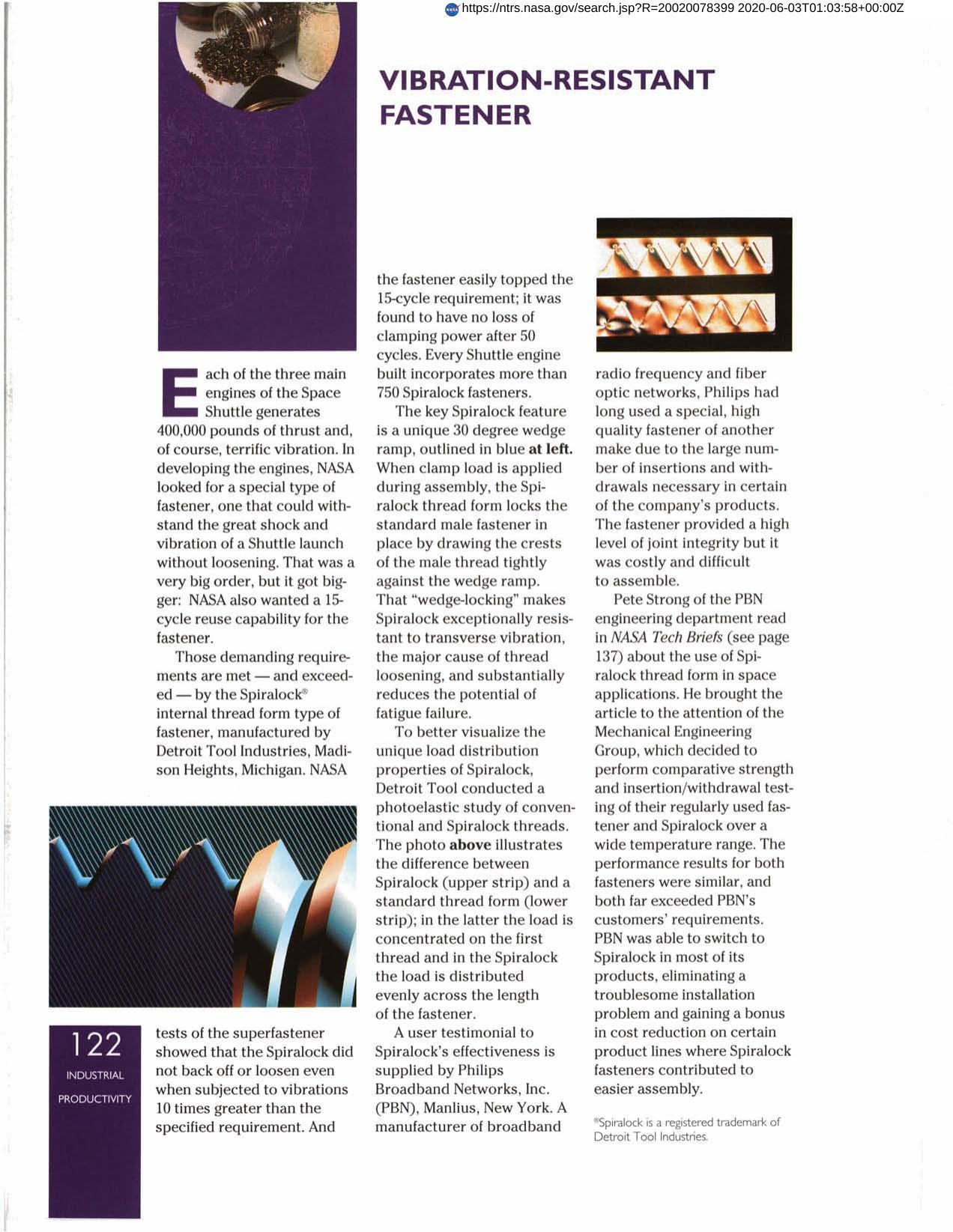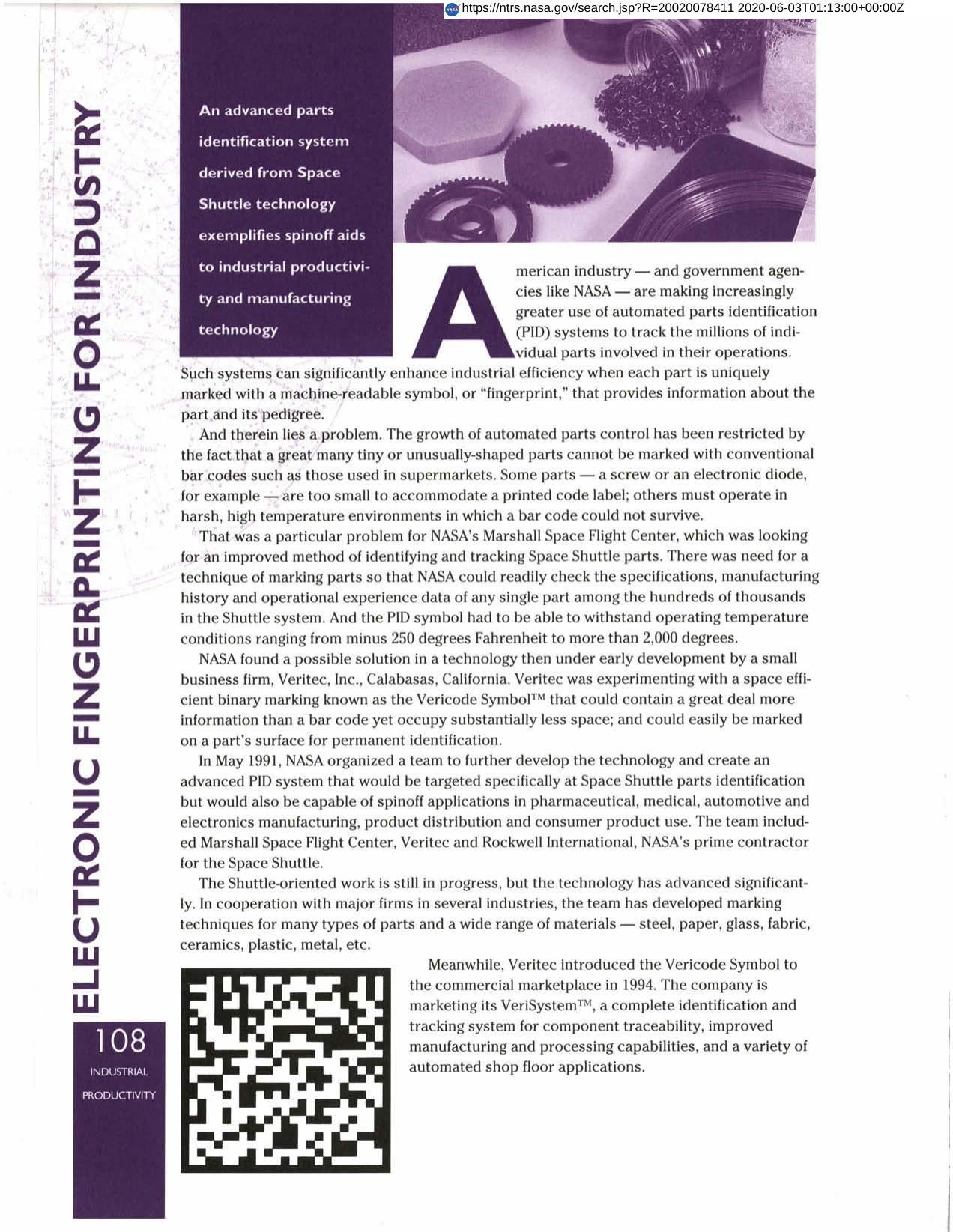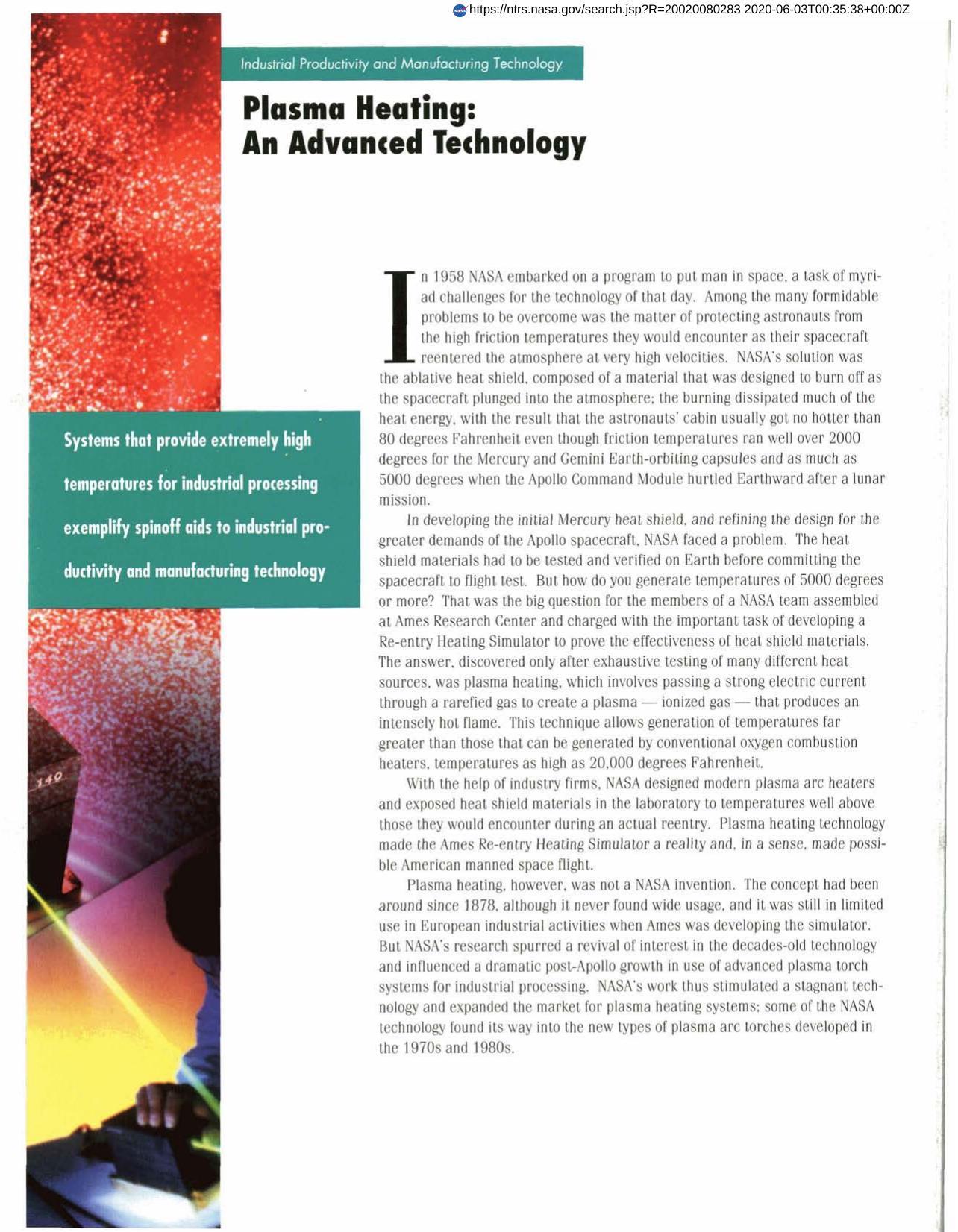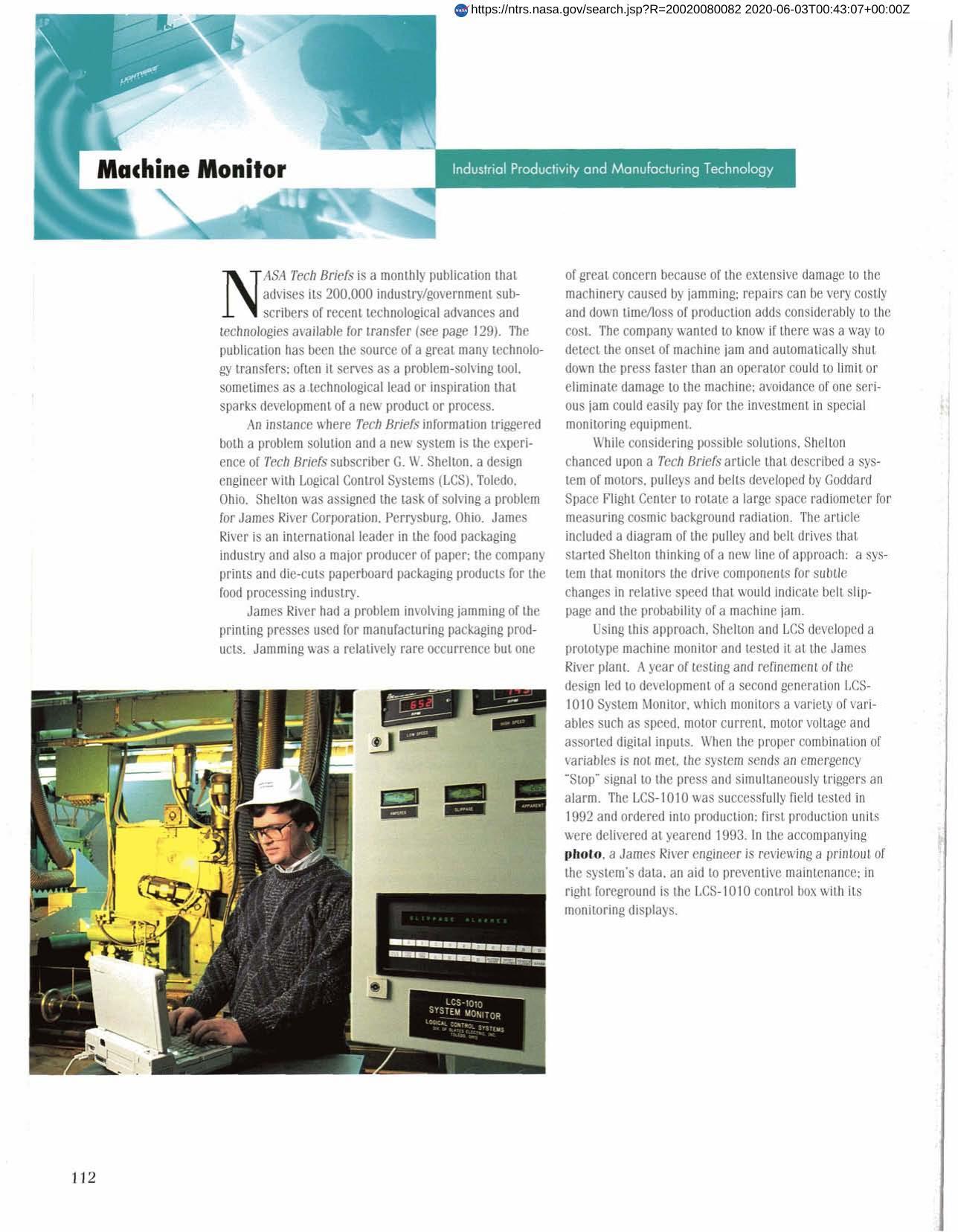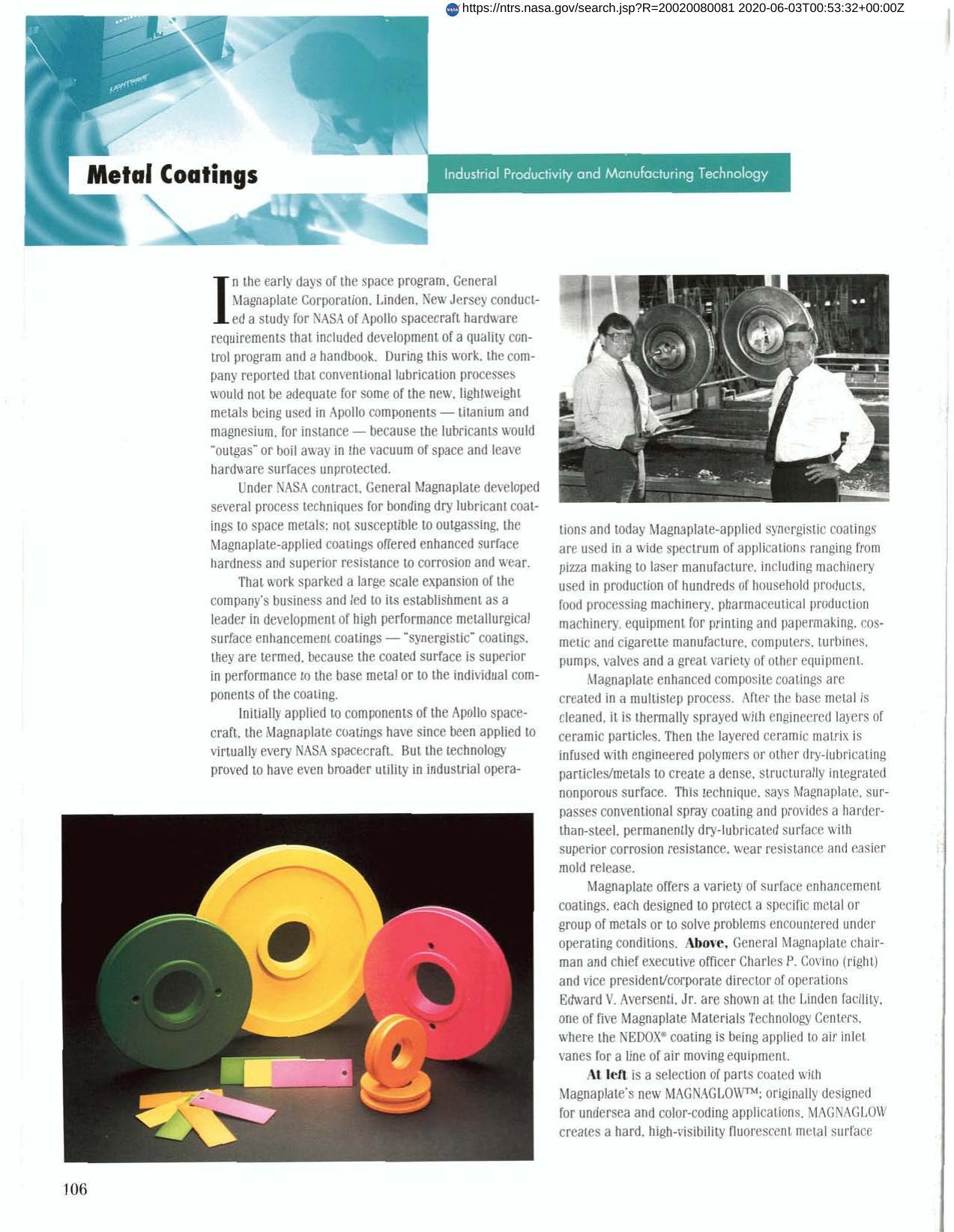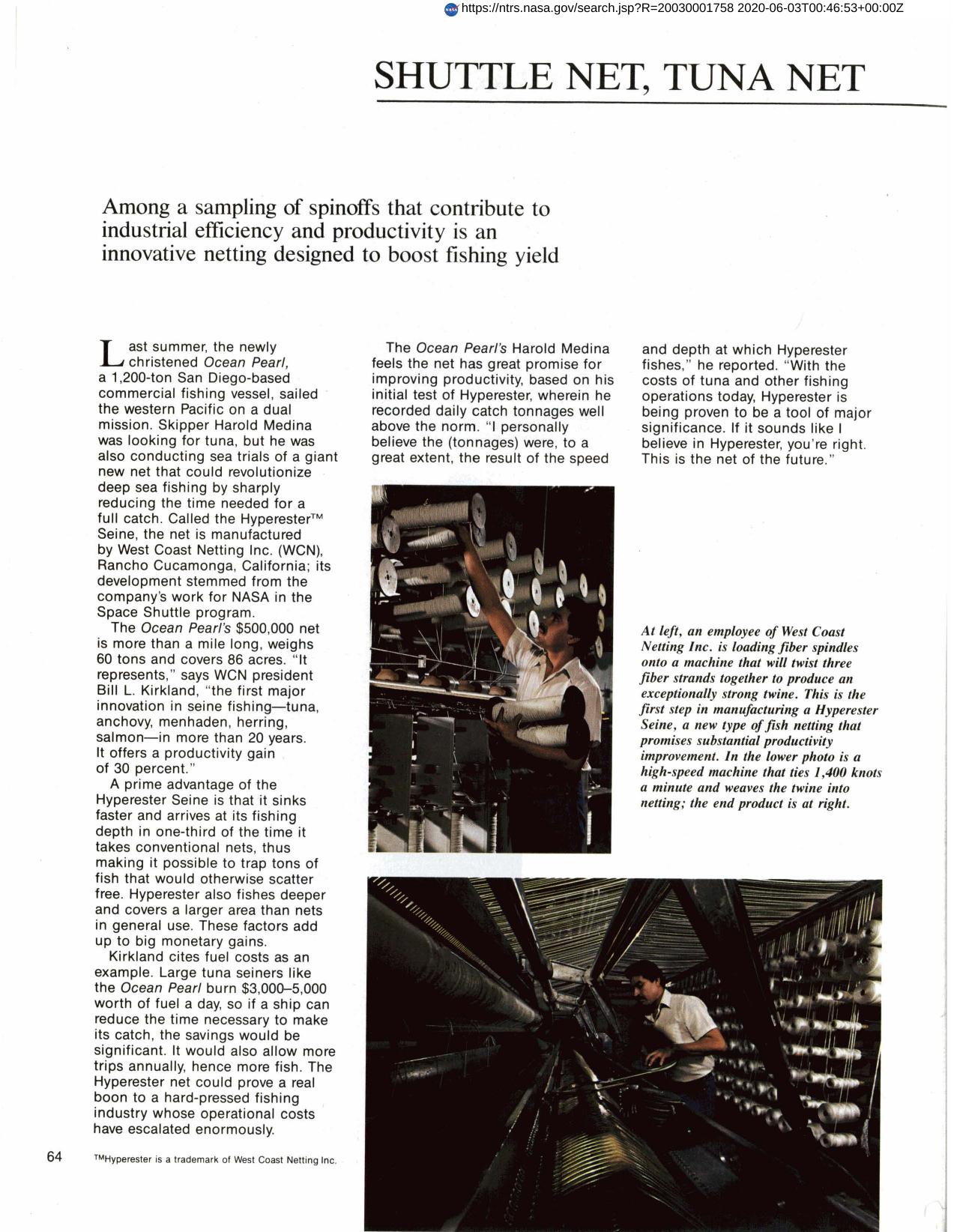
Shuttle Net, Tuna Net
Rockwell International, NASA's prime contractor for the Space Shuttle, asked West Coast Netting to develop a safety net for personnel working on the Shuttle Orbiter. This could not be an ordinary net, it had to be relatively small, yet have extraordinary tensile strength. It also had to be fire resistant and resistant to ultraviolet light. After 6 months, WCN found the requisite fiber, a polyester-like material called NOMEX. The company was forced to invent a more sophisticated twisting process since conventional methods did not approach specified breaking strength. The resulting product, the Hyperester net, sinks faster and fishes deeper, making it attractive to fishing fleets. A patented treatment for UV protection and greater abrasion resistance make Hyperester nets last longer, and the no-shrink feature is an economic bonus.
Full article: http://hdl.handle.net/hdl:2060/20030001758

Shuttle Net, Tuna Net

Shuttle Net, Tuna Net




